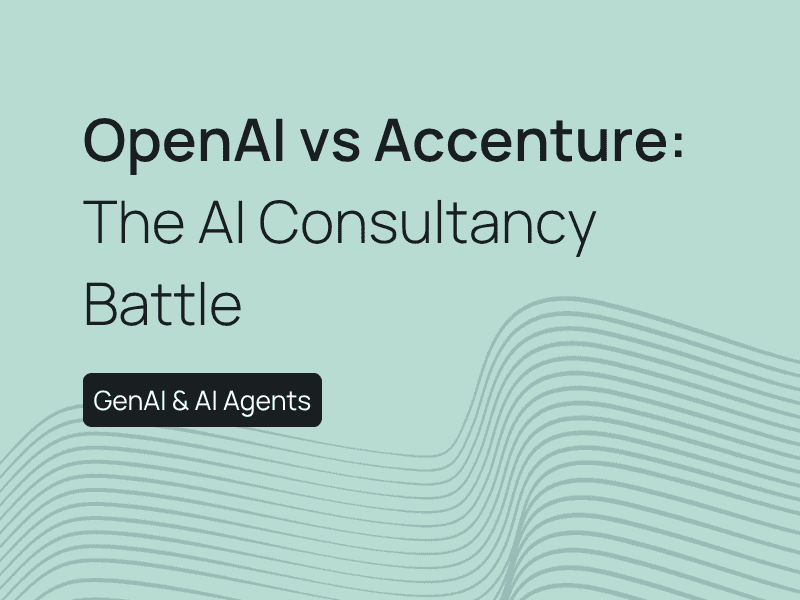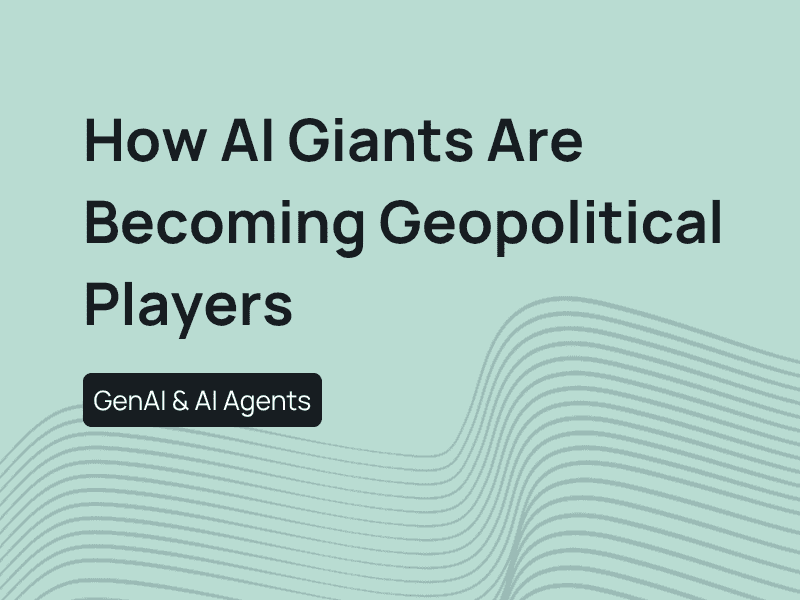MARL is a branch of machine learning that enables multiple AI agents to learn and adapt in shared environments, whether they’re cooperating, competing, or both. As industries move toward decentralized intelligence—be it fleets of drones, financial markets, or smart grids—MARL is emerging as a foundational technology.
The growing relevance of MARL isn’t just theoretical. It reflects a deeper shift in how we model complexity, decision-making, and strategy across sectors. For investors, this signals a compelling opportunity: backing the infrastructure, algorithms, and startups building the collaborative AI systems of tomorrow. But what exactly is MARL, and why is it becoming a key pillar in next-generation AI?
Fundamentals of Reinforcement Learning (RL)
At its core, Reinforcement Learning (RL) is about learning through interaction. An AI agent operates in an environment, makes decisions (actions), and learns from the outcomes (rewards or penalties). Over time, the agent refines its strategy to maximize long-term gains.
In the AI world, RL powers everything from game-playing bots (like AlphaGo) to autonomous driving systems. Its strength lies in handling complex, uncertain environments where rules aren’t fixed and outcomes are learned over time.
But RL traditionally focuses on single-agent scenarios. The real world, however, is full of multiple actors interacting simultaneously—each with their own goals and strategies. That’s where Multi-Agent Reinforcement Learning (MARL) steps in.
Key components
Agent - The decision-maker. This is the AI model or algorithm that takes actions in a given environment to achieve a goal. In real-world applications, an agent could be a robot, a self-driving car, or a software program managing financial trades.
Environment - The world the agent operates in. It could be a physical space, like a warehouse, or a virtual one, like a simulation or data network. The environment provides the context in which the agent makes decisions.
Actions - The choices the agent can make at any given time. These could range from navigating a route, adjusting a thermostat, or buying/selling an asset. The quality of these actions determines how successful the agent is.
Rewards - The feedback the agent receives after taking an action. A reward can be positive (e.g., completing a task efficiently) or negative (e.g., making an error or causing a delay). Over time, the agent learns to favor actions that lead to higher cumulative rewards.
Key Concepts in MARL
What makes Multi-Agent Reinforcement Learning (MARL) unique is the complexity of having multiple learning agents operating in the same environment—each influencing the outcomes of the others.
Centralized vs. Decentralized learning - In centralized learning, a central system has access to the observations and actions of all agents and can train them collectively. This allows for efficient learning, but may not scale well or suit real-world environments with privacy constraints. In decentralized learning, each agent learns independently, based only on its local observations. This mirrors real-world scenarios—like fleets of autonomous drones or players in financial markets—where no single entity has complete oversight.
Communication and coordination - One of MARL’s biggest advantages is the ability for agents to coordinate. This can be explicit—where agents share information and signals—or implicit, where coordination emerges through repeated interaction. In logistics, for example, MARL could help fleets of delivery bots optimize routes without stepping on each other’s toes.
Joint action policies - Instead of each agent optimizing for itself in isolation, MARL allows for joint policies—strategies that consider the interdependence of all agents’ actions. These can lead to more stable and globally optimal outcomes, especially in cooperative settings like energy distribution or disaster response.
Nash equilibrium - Borrowed from game theory, the Nash Equilibrium describes a state where no agent can improve its reward by changing its strategy unilaterally. In MARL, reaching a Nash Equilibrium can ensure that learned behaviors are stable and robust—even in competitive environments like cybersecurity or trading.
Challenges Addressed by MARL
Traditional Reinforcement Learning (RL) works well when there’s only one agent making decisions in a stable environment, but most real-world systems involve many agents interacting—cooperating, competing, or both. In these dynamic settings, Multi-Agent Reinforcement Learning (MARL) becomes essential. Single-agent models struggle because the environment constantly changes as other agents learn and adapt. Without MARL, independently trained agents can interfere with each other, leading to inefficiencies—especially in high-stakes or resource-constrained scenarios. MARL enables better coordination, allowing agents to align their strategies. It also makes large systems more scalable by allowing each agent to learn and act autonomously, without relying on a central controller. Most importantly, MARL allows agents to adapt in real time to the actions of others, which is crucial in fast-moving sectors like finance, logistics, and cybersecurity.
Real-world examples across industries
Robotics - Multi-Agent Reinforcement Learning enables swarms of drones to collaborate on tasks like search-and-rescue operations or crop monitoring. By communicating and coordinating in real time, these drones can efficiently cover large areas, avoid obstacles, and adapt to dynamic conditions. In industrial settings, MARL also helps industrial robots coordinate tasks in factories, working autonomously to improve productivity and adapt to changes in the production process without the need for human oversight.
Autonomous systems - Multi-Agent Reinforcement Learning enables self-driving cars to communicate and coordinate with each other, helping them navigate traffic and intersections safely. Similarly, delivery robots use MARL to dynamically adjust their routes in real time, avoiding congestion and optimizing delivery schedules for efficiency.
Gaming - MARL allows AI agents to learn how to compete or cooperate in complex multiplayer games like StarCraft or Dota 2, adapting to shifting strategies and player behavior. This enables the creation of more dynamic and challenging AI opponents that evolve alongside human players.
Challenges and benefits
Challenges
Computational complexity and scalability issues - MARL models are highly complex, requiring significant computational power to simulate and train multiple agents in dynamic environments. As the number of agents increases, so does the complexity of the interactions between them, making it challenging to scale MARL systems efficiently.
Ethical considerations and societal impacts - As MARL is applied to critical sectors like autonomous driving, healthcare, and finance, ethical concerns arise around decision-making transparency, bias in training data, and accountability for actions taken by AI agents. There is also the potential for unintended consequences in competitive or cooperative systems, raising concerns about fairness and trust.
Benefits
Improved decision-making in complex environments - MARL enables agents to make better decisions in dynamic, multi-agent environments where interactions are key. By learning to cooperate or compete, agents can optimize outcomes that would be difficult for a single agent to achieve, such as in autonomous driving or financial trading.
Scalability and applicability to diverse problem domains - MARL can scale effectively across industries, from logistics to robotics, by allowing multiple agents to independently learn and adapt in large systems. This makes it ideal for complex problem domains like smart cities, energy distribution, and supply chain management, where decentralized decision-making is crucial.
The bottom line
As the complexity of AI systems continues to grow, Multi-Agent Reinforcement Learning is proving essential for optimizing decision-making and coordination in dynamic, multi-agent environments. With its ability to scale across industries and improve efficiency, MARL is no longer just a research concept—it’s becoming foundational to real-world applications. As adoption accelerates, organizations that leverage MARL to solve complex, collaborative problems will gain a competitive edge, unlocking new opportunities in sectors like robotics, autonomous systems, and beyond. As this technology continues to evolve, its strategic value across industries will only expand.
Published by Samuel Hieber


